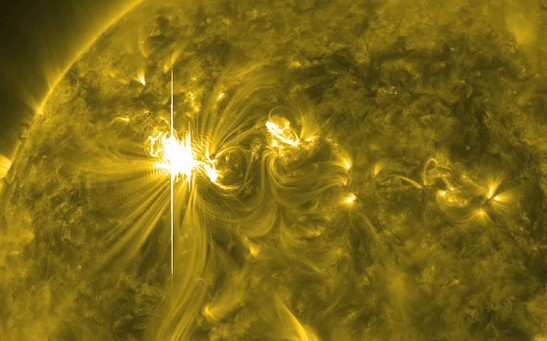Solar Flare
Solar Flare Effects: What Is the Impact of Geomagnetic Storms on Earth's Field?
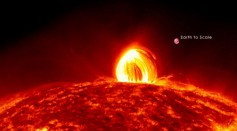
Solar Flare From Sun Might Be Heading to Earth; Should We Worry?
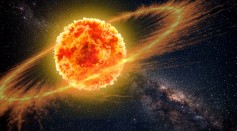
Nearby Star Resembles Young Version of Sun; Could Shed Light on How Life Began on Earth
NASA's Solar Dynamics Observatory Catches CME on Video, Watch Now!
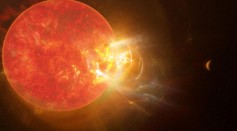
Incoming Solar Storm Could Generate Radiations Harmful To Humans; Here's What It Means

NASA Says Solar Flare Won't Destroy Earth; Here's Why
Coronal Mass Ejection Sends Solar Storm to Earth's Atmosphere, Astronomers Reveal

NASA Solar Orbiter Finally Describe How Solar Eruption Looks Like

NASA Sunspots: Sprays of Plasma Forming on the Sun Seen on Satellite Images
Earth on Geomagnetic Storm Watch, NASA Says Occurrence Not Terrifying as It Sounds
Proxima Centauri Spits Out Biggest Solar Flare, But Experts Still Consider It a Habitable Region
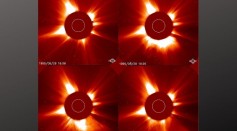
Great Fire Solar Storm in 1582 Could Hit Earth Again This Century!
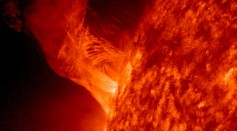
Solar Cycle Affects Emissions of Potentially Hazardous Particles, Source Unveiled
Huge Solar Flare Capture Erupting from Sun's Surface In New NASA Video
Most Popular

How Technology Is Changing the Real Estate Industry?

Nikolay Karpenko Biography, Photo, Career, Accomplishments

How a Plant-Based Diet Can Protect Against Breast Cancer: Insights from Nutrition Research

The Role of AI in the Next Generation of Logistics: Insights from Tobias Waldhecker

